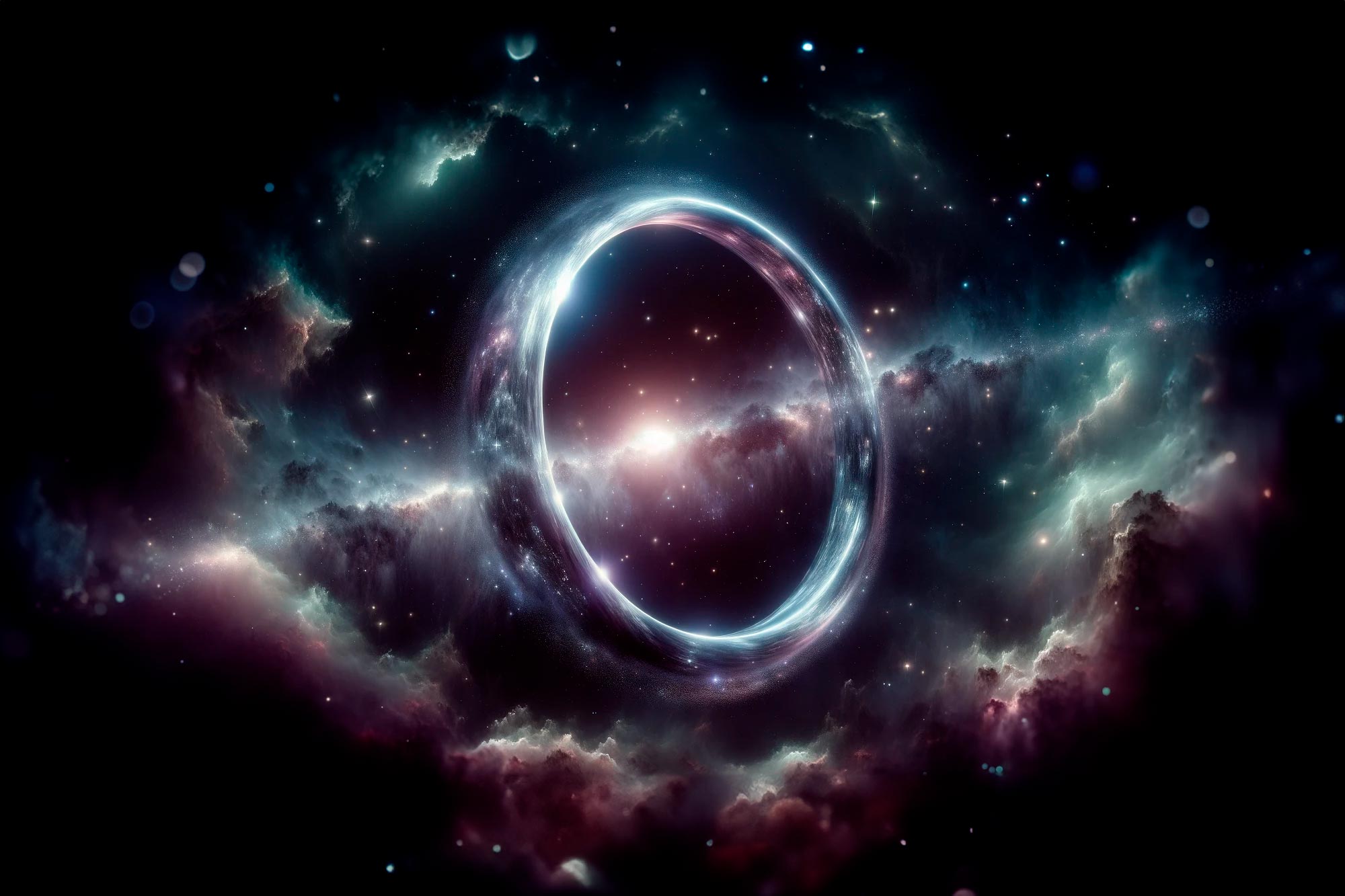I wish they would have said “corkscrew pattern of galaxies” instead of “large structure”. The galaxies are arranged in a roughly corkscrew pattern that - from Earth - looks like a ring (ie. imagine flipping a spring so you’re looking down the hole in the middle).
It’s interesting, but the article sure takes its time getting to that basic description. Seems like click bait > quality.
Plus the attached image…
It’s from when George Santos flew outside of the known universe on a rocket and took that pic with his phone
That was funny, but I come to this community to escape from U.S. politics.
It’s important that they say structure because the scientific discovery is about how these galaxies are gravitationally bound in a cluster. That means that despite the expansion of space, these galaxies will never separate from one another, hence they are a single structure. It’s a breakthrough discovery because every model of the universe we currently use says a structure this large is impossible.
Fair enough. Maybe the audience just isn’t for lay people like me.
I thought everything was expanding and constantly moving apart? And wont the suns in those galaxies eventually burn out and collapse, turning into blackholes that will eventually fizzle out?
That’s true of any galaxies which aren’t gravitationally bound. At closer distances (tens/hundreds of millions of light years) gravity wins out over the expansion of space and keeps things together. At larger distances, the expansion of space wins out and clusters of galaxies will drift apart faster and faster until the combined speed of them moving away and us moving away from them will exceed the speed of light and we’ll never see those galaxies again.
Our neck of the woods is called the Local Group because scientists are bad at naming things and includes the Milky Way galaxy, and the Andromeda galaxy, as well as between 50 to 80 more galaxies.
As for the black holes, yes, eventually all that will be left are black holes for trillions of years until even those evaporate which is often called the “Heat Death” of the universe. That is just a theory, but if it’s true, it won’t happen for 1.07x10^106 years. Considering the universe is only 13.8 billion years old right now, that’s a very, very, very long time.
Whaaat? Where can I read more of this expansion vs gravity struggle topic?
So a slightly more circular shape of galaxies can be seen from our perspective than one student expected. But it turns out that it’s actually not a ring when viewed from any other angle, more of a corkscrew.
Then the authors AI generated a “ring in space” and it created a picture of an alien structure, and they use that for the story picture.
This is such a a non-story that nobody would even read aside from other cosmological researchers except for that completely misleading picture paired with the headline.
Can we tap this to generate two colorless mana?
Super-gate!!!

The Ori arc was the weakest point of the series but the battle over the supergate with goa’uld, tauri, and asgardians ships fighting together was easily one of the too 3 moments.
Paging Larry Niven…
Actual image from within the ring:









